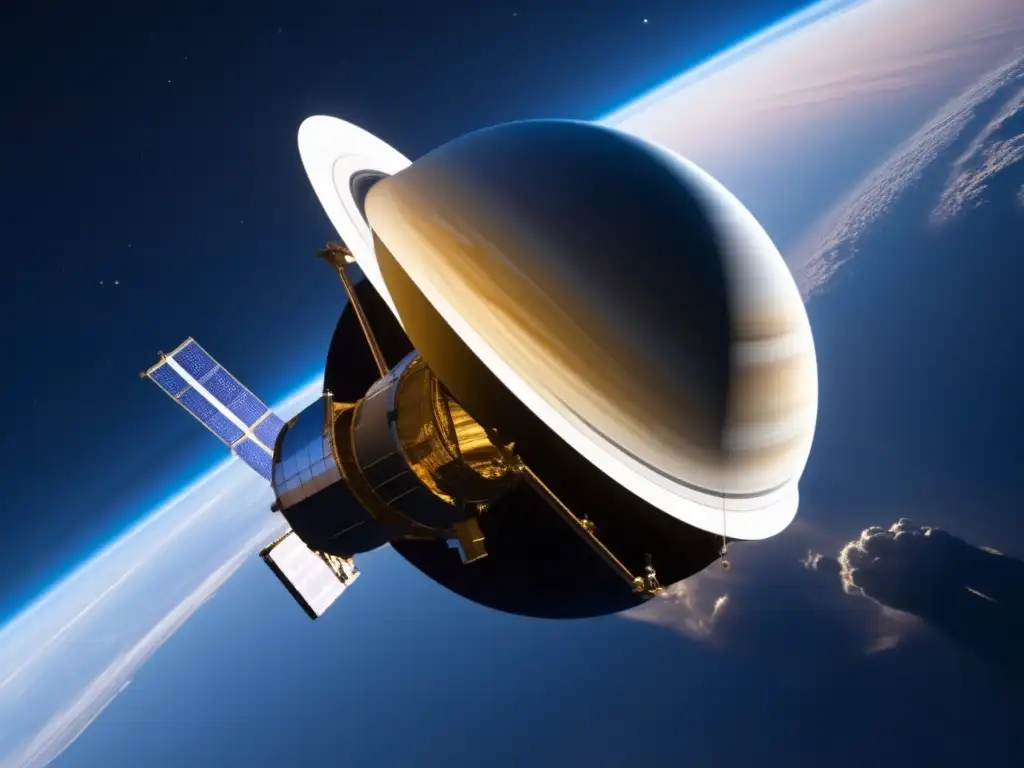The Tale Of Two Observatories: Discovery Of Juno

Introduction
Asteroids have been a subject of interest for scientists and astronomers for centuries. The discovery of asteroids has contributed significantly to our understanding of the solar system's formation and evolution. The asteroid Juno, discovered in 1804, was one of the first objects in the asteroid belt to be identified. This article explores the tale of two observatories that were pivotal in the discovery of Juno.
The Discovery of Juno

The Role of Giuseppe Piazzi
Giuseppe Piazzi, an Italian astronomer, discovered Ceres, the largest object in the asteroid belt, in 1801. After identifying Ceres, he hoped to find more objects in the same region of space. In 1804, he discovered another object, which he named Juno, after the Roman goddess.
The Contribution of Carl Ludwig Harding
Unknown to Piazzi, German astronomer Carl Ludwig Harding had also observed Juno at almost the same time. Since both astronomers had discovered the same object, there was a controversy over who should be credited with its discovery. However, since Piazzi had submitted his observations earlier, he was officially credited with the discovery of Juno.
Juno's Characteristics
Juno is the eleventh-largest asteroid, with a diameter of about 240 kilometers. It has an irregular shape and rotates once every 7.21 hours. Juno orbits the Sun every 4.36 years and is classified as a stony S-type asteroid.
The Observatory of Palermo

History of the Observatory
The Observatory of Palermo, also known as the Palermo Observatory, was founded in 1790 by King Ferdinand III of Sicily. It is one of the oldest astronomical observatories in the world.
Role in the Discovery of Juno
The discovery of Juno was made at the Observatory of Palermo, where Giuseppe Piazzi was the director. Using a telescope with a magnification of 36 times, Piazzi observed Juno for several nights and recorded its position. With the help of his assistants, he calculated its orbit and published its discovery on January 1st, 1804.
Significance of the Discovery
The discovery of Juno was significant because it provided evidence that there were more bodies in the solar system than just the planets known at the time. The discovery of Ceres and Juno initiated the search for other objects in the asteroid belt and led to the discovery of many more asteroids in the years that followed.
The Observatory of Lilienthal

History of the Observatory
The Observatory of Lilienthal was founded in 1811 by German astronomer Johann Hieronymus Schroeter. He built an observatory in his garden and named it after his hometown of Lilienthal, near Bremen, Germany.
Role in the Discovery of Juno
Carl Ludwig Harding, a German astronomer, observed Juno at the Observatory of Lilienthal on September 1st, 1804. He recorded its position and sent his observations to other astronomers, including Piazzi. Since Piazzi had already discovered Juno and published his observations earlier, he was officially credited with the discovery of Juno.
Significance of the Observatory
The Observatory of Lilienthal had a significant impact on the study of astronomy in Germany. It was the first private observatory in the country and facilitated significant discoveries, including the discovery of many comets and asteroids in the 19th century.
Frequently Asked Questions

-
What is Juno?
Juno is the eleventh-largest asteroid in the solar system, with a diameter of about 240 kilometers. It was discovered in 1804 by Italian astronomer Giuseppe Piazzi.
-
Who discovered Juno?
Juno was discovered independently by Giuseppe Piazzi and Carl Ludwig Harding in 1804.
-
Where was Juno discovered?
Juno was discovered at the Observatory of Palermo in Italy by Giuseppe Piazzi.
-
What is the significance of Juno's discovery?
The discovery of Juno contributed significantly to the study of asteroids and the formation of the solar system. It led to the discovery of other objects in the asteroid belt.
-
What is the Observatory of Lilienthal?
The Observatory of Lilienthal was a private observatory founded by German astronomer Johann Hieronymus Schroeter in 1811. It facilitated significant discoveries, including the discovery of many comets and asteroids in the 19th century.
Conclusion
The discovery of Juno was a significant event in the study of asteroids and the formation of the solar system. The contribution of Giuseppe Piazzi and Carl Ludwig Harding, with the help of their observatories, led to the discovery of one of the first objects in the asteroid belt. It is remarkable how two independent discoveries happened almost simultaneously, leading to a debate over who should be credited with the discovery. The Observatory of Palermo and the Observatory of Lilienthal played a crucial role in these discoveries and furthered scientific understanding of the universe.
We hope this article has been informative, and we encourage you to share your thoughts about Juno's discovery or any other related subject in the comments section below. Thank you for your time and attention!
Additional Resources

For those interested in learning more about asteroids and their significance, we recommend the following resources:
 1999 RQ36: Unraveling The Origins Of Bennu
1999 RQ36: Unraveling The Origins Of Bennu The Story Of Florence: The Largest Near-Earth Asteroid
The Story Of Florence: The Largest Near-Earth Asteroid "1998 QE2: The Asteroid With Its Own Moon"
"1998 QE2: The Asteroid With Its Own Moon"If you want to discover more articles similar to The Tale Of Two Observatories: Discovery Of Juno, you can visit the Asteroid Discoveries category.
Leave a Reply

Articulos relacionados: